I’ll be discussing a comprehensive options strategy and key fundamentals for long-term successful options trading. These essentials will enable your portfolio to appreciate steadily month after month for consistent portfolio appreciation. Since options are a bet on where stocks won’t go, not where they will go, this is accomplished without predicting which way the market will move. These fundamentals provide long-term durable high-probability win rates to generate consistent income while mitigating drastic market moves. Following these option trading essentials, I’ve demonstrated an 87% options win rate over the previous 7 months through both bull and bear markets while outperforming the S&P 500 over the same period by a wide margin producing a 6.4% return against a 1.0% for the S&P 500.
Empirical Application
Applying these 7 essentials, long-term options trading success can be achieved to generate consistent income and mitigate risk in a high-probability manner. I was able to win 87% of my options trades while capturing 59% of premium income (Figure 1). This was achieved by trading options in a diversity of tickers for a total of 66 stock and ETFs. These essentials resulted in a wide outperformance relative to the S&P 500, posting a 6.4% return compared to a 1% return for the S&P 500 (Figure 2).
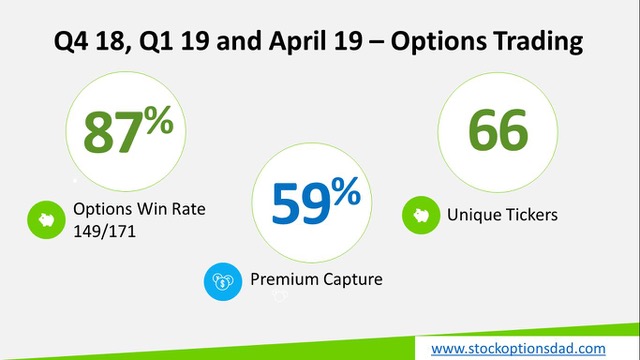
Figure 1 – Metrics across the options based strategy over the previous 7 months
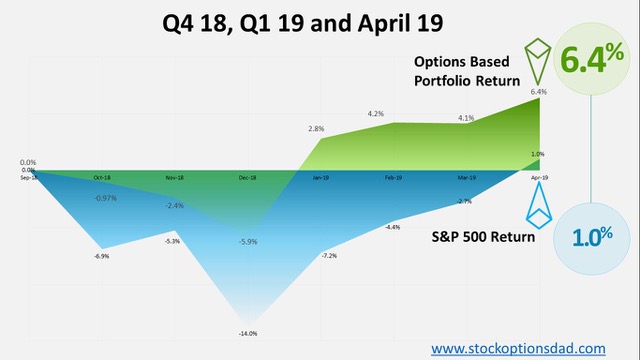
Figure 2 – Demonstrating wide outperformance using an options approach
The 7 Essentials for Effective Options Trading
Let’s review these 7 essentials that provide long-term options trading success for durable portfolio appreciation (Figure 3).
- 1. Be an overall options seller
- 2. Sell options in high IV Rank scenarios
- 3. Sell options that possess liquidity in the options market
- 4. Set an appropriate probability of success using Delta as a proxy
- 5. Manage winning trades
- 6. Maximize number of trades
- 7. Limit position sizing/allocation

Figure 3 – Highlighting all 7 options essentials in a funnel diagram
In-Depth Look
Let’s take a closer look into each one of these essentials.
1. Being an option seller; generally, you want to be an option seller since you’re not predicting which way the market will move while collecting premium income in the process. The stock can move up, down or trade sideways and you can still make money at expiration because you’re using time decay to your advantage. Time is always passing, and as the option approaches expiration, the premium will translate into a realized gain since all the time premium will decay as long as the stock doesn’t break through the strike price.
2. Selling options in high IV Rank scenarios; is ideal as this yields overpriced options hence rich premiums. The main key for options trading success is leveraging implied volatility and implied volatility rank. Since options premium pricing is largely determined by implied volatility, it’s the implied volatility component when used appropriately that provides options traders with an edge. When IV increases, options increase in value, and when IV decreases, options decrease in value. Historically, this predicted volatility always overestimates actual volatility, and it’s this overestimation that can be exploited to the benefit to option sellers. Therefore the value of options contracts are nearly always high relative to what the actual stock move reflects. This overestimation is where options traders can take advantage and sell overpriced options to maximize profits and probability of success. IV Rank is a measure of current implied volatility against the historical implied volatility range (IV low – IV high) over a one-year period.
Rich premiums can be paid out to option sellers with the expectation that volatility will revert to its mean. The high IV Rank provides rich premium and as the option lifecycle unfolds and this volatility decreases, the option time value implodes, and the option decreases in value allowing profits to be realized earlier in the lifecycle without waiting until expiration of the contract.
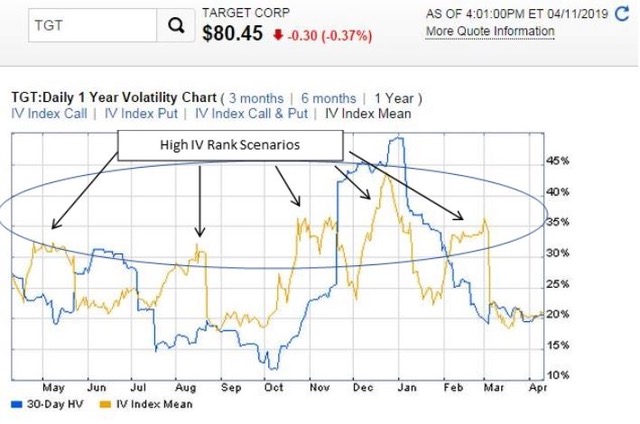
Figure 4 – Displaying high IV Rank situations to sell options with rich premium
3. Market liquidity is important because you want to be in a market where there are buyers and sellers and tight bid/ask spreads so you can readily buy and sell your contracts at correct options pricing. This allows options to be readily purchased and sold across all expiration dates.
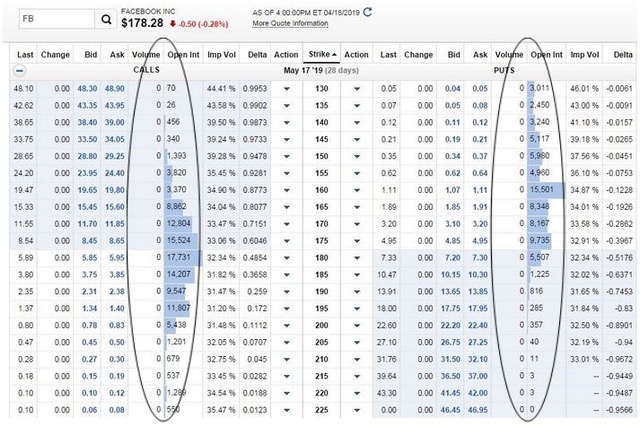
Figure 5 – Option chain with great liquidity
4. Set your probability of success; if want to win 70%, 80% or even 90% of your trades, you can do that as you set your probability of success when it comes to options over the long-term. There’s no edge in stock picking, stocks are a binary event and boil down to a 50:50 probability. In options, we can set the probability of success in our favor and in combination with option selling and high IV Rank, this set-up allows rich premiums to be paid out in with a high probability of success. Using Facebook as an example, we can see that the traded at $178 per share and 1 month into the future, there’s an 85% the stock will not trade below the $160 strike price thus allowing the premium to be captured, and profit realized.

Figure 6 – Setting probability of success
5. Managing winning trades is vital to optimizing overall success rates. You want to realize profits in the event the option potentially moves against you late in the option life-cycle. Using Citigroup (C) as an example, let’s say on the 20th of March, you sold a one month covered call at a strike of $67 when the stock traded at $65 – at the end of March/Early April, the stock showed weakness and dipped down to ~$60 providing an opportunity to buy-to-close to realize a profit. However, if you waited, and as expiration of the 20th of April rolls around, the stock exploded higher to $70, breaking through your strike price of $67 forcing you to relinquish the stock or taking a loss on the option itself (Figure ). Manage winners before expiration to avoid any potential of the stock moving against you late in the option contract to realize profits and maximize success rates. You can see here through roughly 200 trades; I manage winners between 50%-90% of premium capture (Figure ).
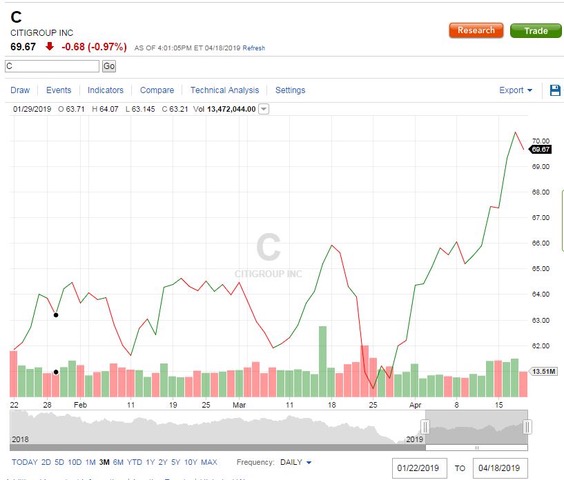
Figure 7 – Example of managing trades prior to the underlying stock moving against the option
6. The number of trades needs to be maximized to have more shots on goal and let the probabilities play out through all market conditions. If you set your probability of success at 85% then over the long-term, you’ll achieve an 85% win rate given enough trade occurrences. If you only place 10 trades, then it’s unlikely you’ll win 8 however if you place 100 trades or 1,000 trades then the probabilities will play since the number of occurrences is being maximized.
7. Limit your position sizing to mitigate risk in the event the underlying security moves against you and breaks down. This is accomplished via a diversity of tickers in both stocks and ETFs with diverse sector exposure, limiting any one position to 1-10% of the portfolio and keeping cash-on-hand.
Conclusion
This comprehensive options strategy provides key fundamentals for long-term successful options trading. These essentials allow your portfolio to appreciate steadily since options are a bet on where stocks won’t go, not where they will go, without predicting which way the market will move. These fundamentals provide long-term durable high-probability win rates to generate consistent income while mitigating drastic market moves. Following these option trading essentials, I’ve demonstrated an 87% options win rate over the previous 7 months through both bull and bear markets while outperforming the S&P 500 over the same period by a wide margin producing a 6.4% return against a 1.0% for the S&P 500.
Check out other articles on options trading here.
Thanks for reading,
The INO.com Team
Disclosure: The author holds shares in AAPL, AMZN, DIA, GOOGL, JPM, MSFT, QQQ, SPY and USO. The author has no business relationship with any companies mentioned in this article. This article is not intended to be a recommendation to buy or sell any stock or ETF mentioned.

If you’re beginning your investment journey without a whole lot of capital, ETFs are an attractive choice. Thanks for the great post.
In one of your previous articles you wrote: "Sell option contracts one standard deviation out-of-the-money to theoretically yield an 85% probability of closing the trade at a profit at expiration."
What do you mean by one standard deviation out-of-the-money? Can you provide an example?